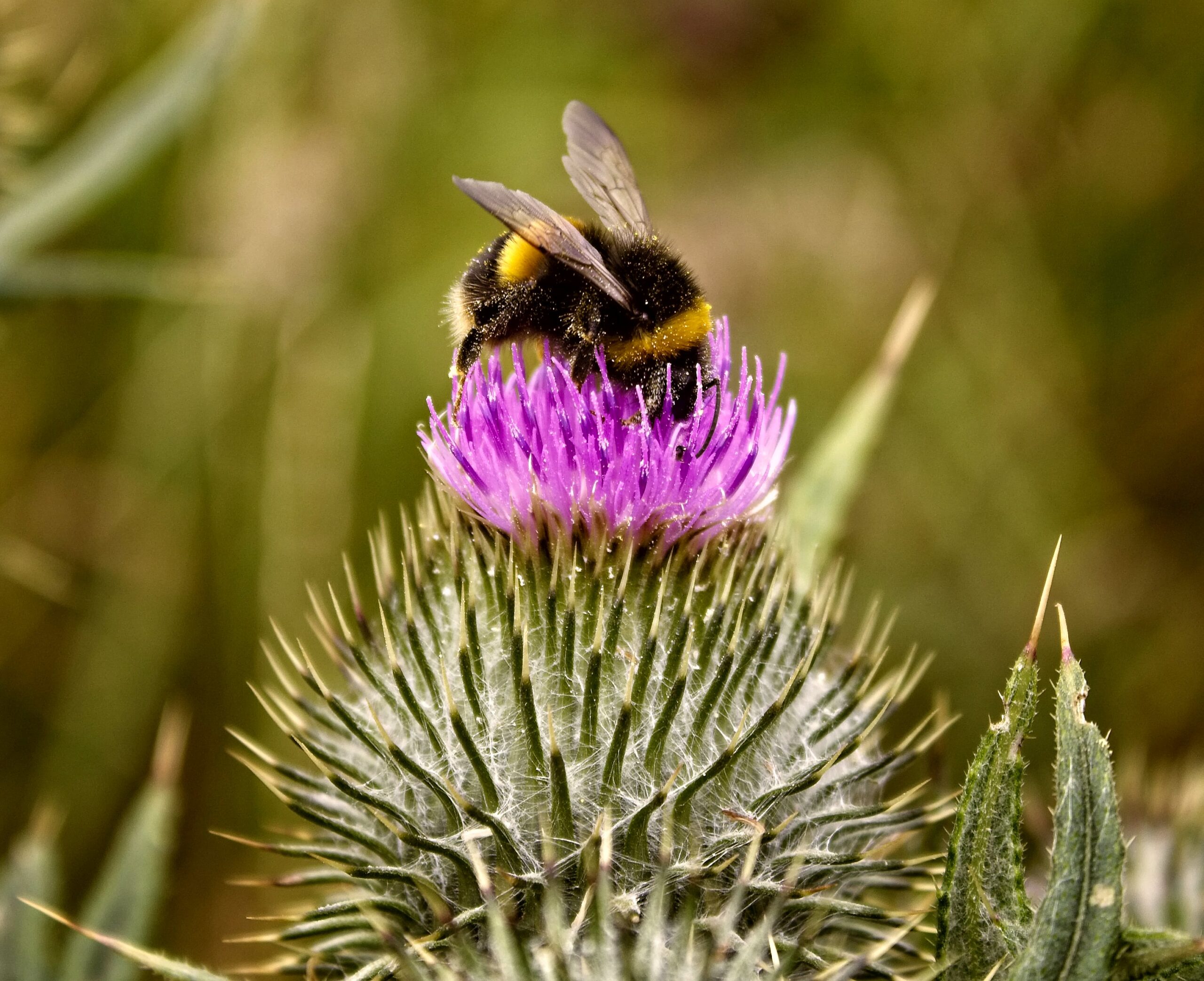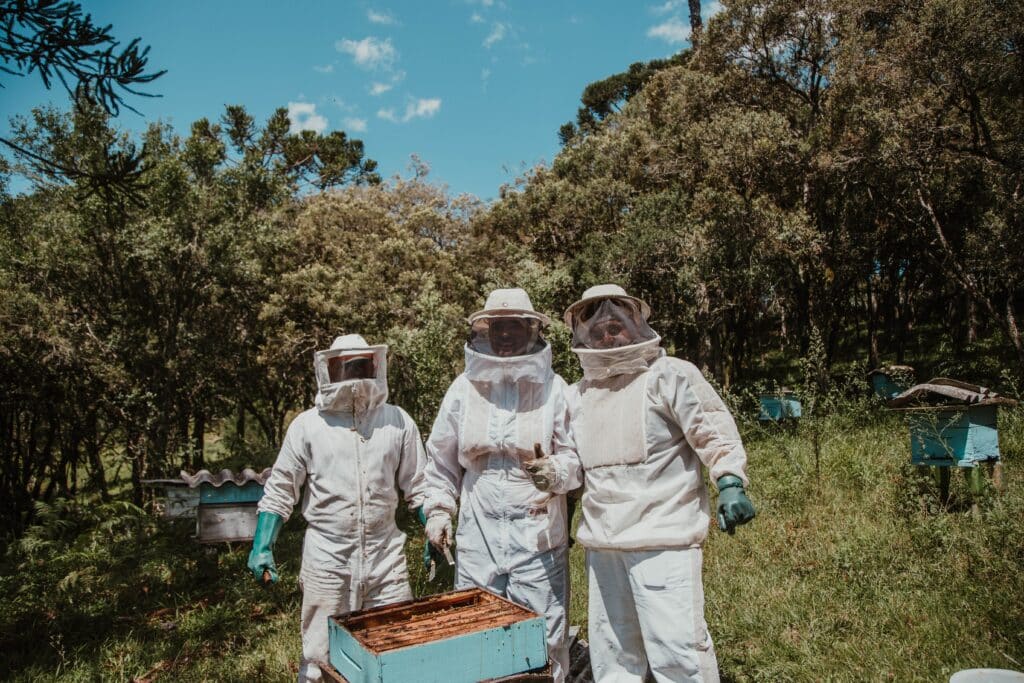
How to Get Started with Beekeeping
Introduction
Beekeeping is a rewarding hobby that can provide you with fresh honey, pollination for your garden, and a sense of satisfaction in helping these important pollinators. If you’re interested in getting started with beekeeping, there are a few things you need to know.
In this article, we will discuss the basics of beekeeping, including:
- Choosing the right location for your hive
- Setting up your hive
- Getting your bees
- Caring for your bees
- Harvesting your honey
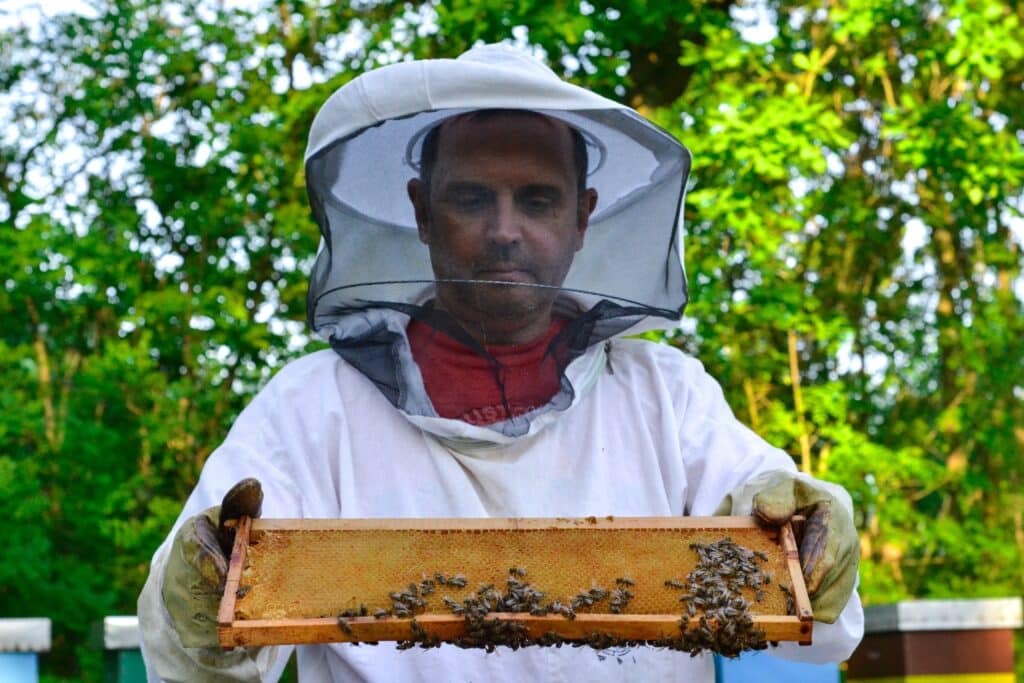
Choosing the Right Location
The first step in getting started with beekeeping is to choose the right location for your hive. Bees need a sunny spot with access to water and nectar-rich flowers. Additionally they also need to be protected from the wind and rain.
Ideally, your hive should be located in an area that is at least 10 feet away from any buildings or other structures. It should also be at least 30 feet away from any major roads or highways.
If you live in an urban area, you may need to find a community garden or apiary that offers beekeeping classes or rentals.
Setting Up Your Hive
Once you have chosen a location for your hive, you need to set it up. A hive is made up of a series of boxes called frames. The frames are filled with honeycomb, which is where the bees store their honey and eggs.
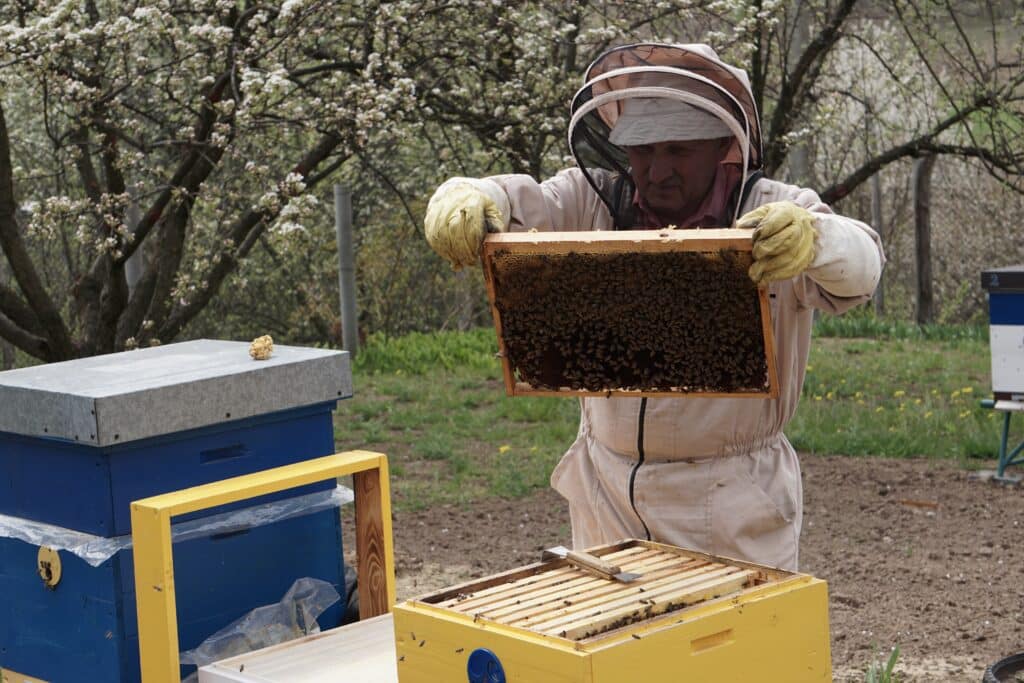
When setting up your hive, you will need to:
- Choose the right type of hive
- Purchase the necessary frames and equipment
- Assemble the hive
- Install the frames
- Add your bees
Getting Your Bees
Once your hive is set up, you need to get your bees. You can purchase bees from a local beekeeper or online. When choosing bees, it is important to select a species that is native to your area.
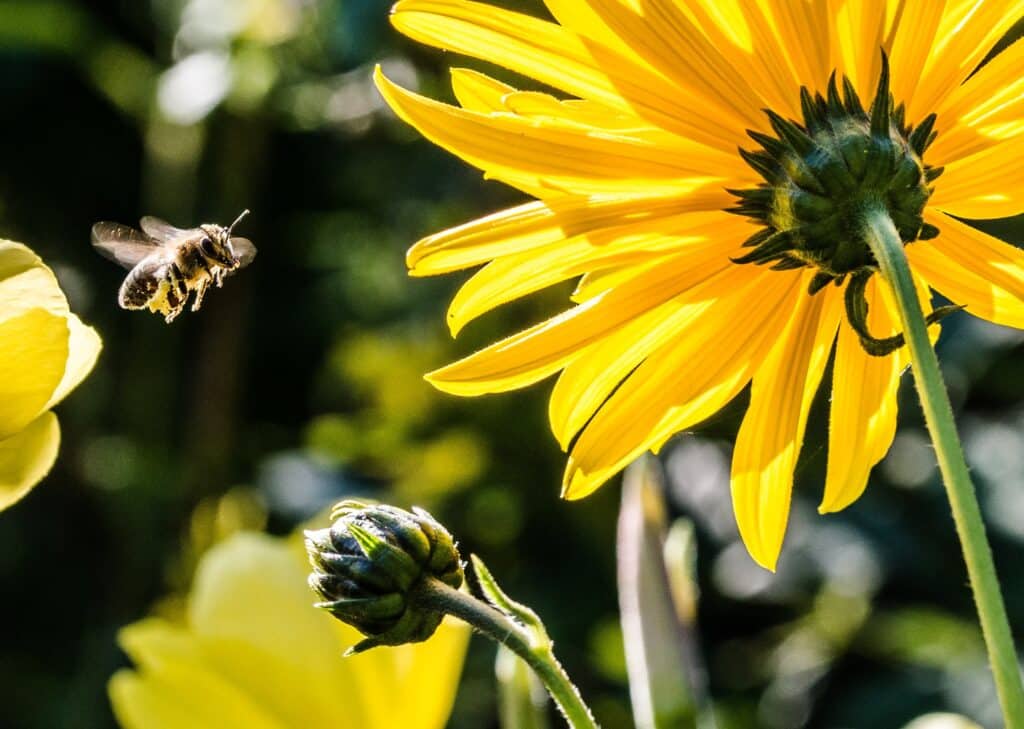
Caring for Your Bees
Once you have your bees, you need to care for them. This includes:
- Providing them with food and water
- Monitoring their health
- Managing the hive
- Harvesting the honey
Bees need a steady supply of food throughout the year. This food can come from nectar-rich flowers or from sugar syrup that you provide. You should also provide your bees with access to water.
It is important to monitor your bees’ health regularly. Look for signs of disease or pests. If you notice any problems, you should contact a local beekeeper for assistance.
You will also need to manage your hive. This includes tasks such as adding new frames, removing old comb, and controlling the population of bees.
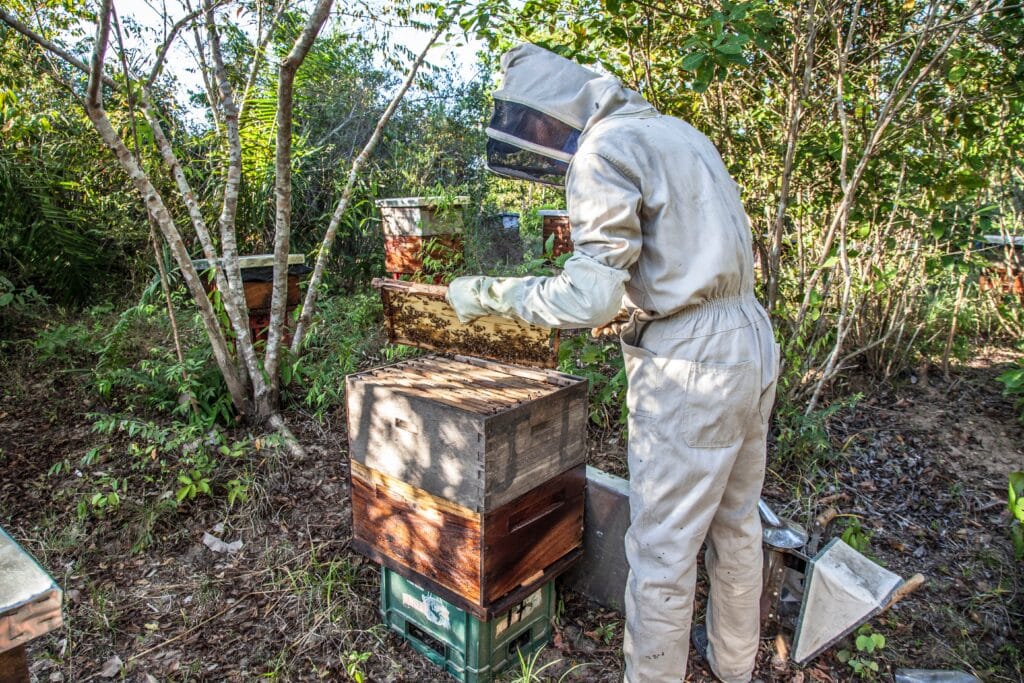
Harvesting Your Honey
Once your bees have produced enough honey, you can harvest it. This is usually done in the fal or autumnl, when the honey stores are at their highest.
To harvest honey, you will need to remove the frames from the hive and extract the honey. You can do this yourself or you can take the frames to a local beekeeper.
Conclusion
Beekeeping is a rewarding hobby that can provide you with fresh honey, pollination for your garden, and a sense of satisfaction in helping these important pollinators. If you are interested in getting started with beekeeping, there are a few things you need to know.
In this article, we have discussed the basics of beekeeping, including choosing the right location, setting up your hive, getting your bees, caring for your bees, and harvesting your honey.
Are you are still interested in learning more about beekeeping, there are many resources available online and in libraries. You can also find local beekeeping clubs and associations that can provide you with support and advice.
With a little bit of research and effort, you can be on your way to becoming a successful beekeeper.

